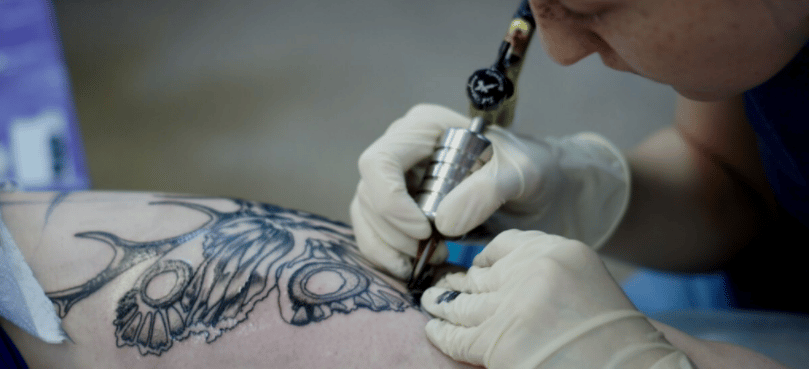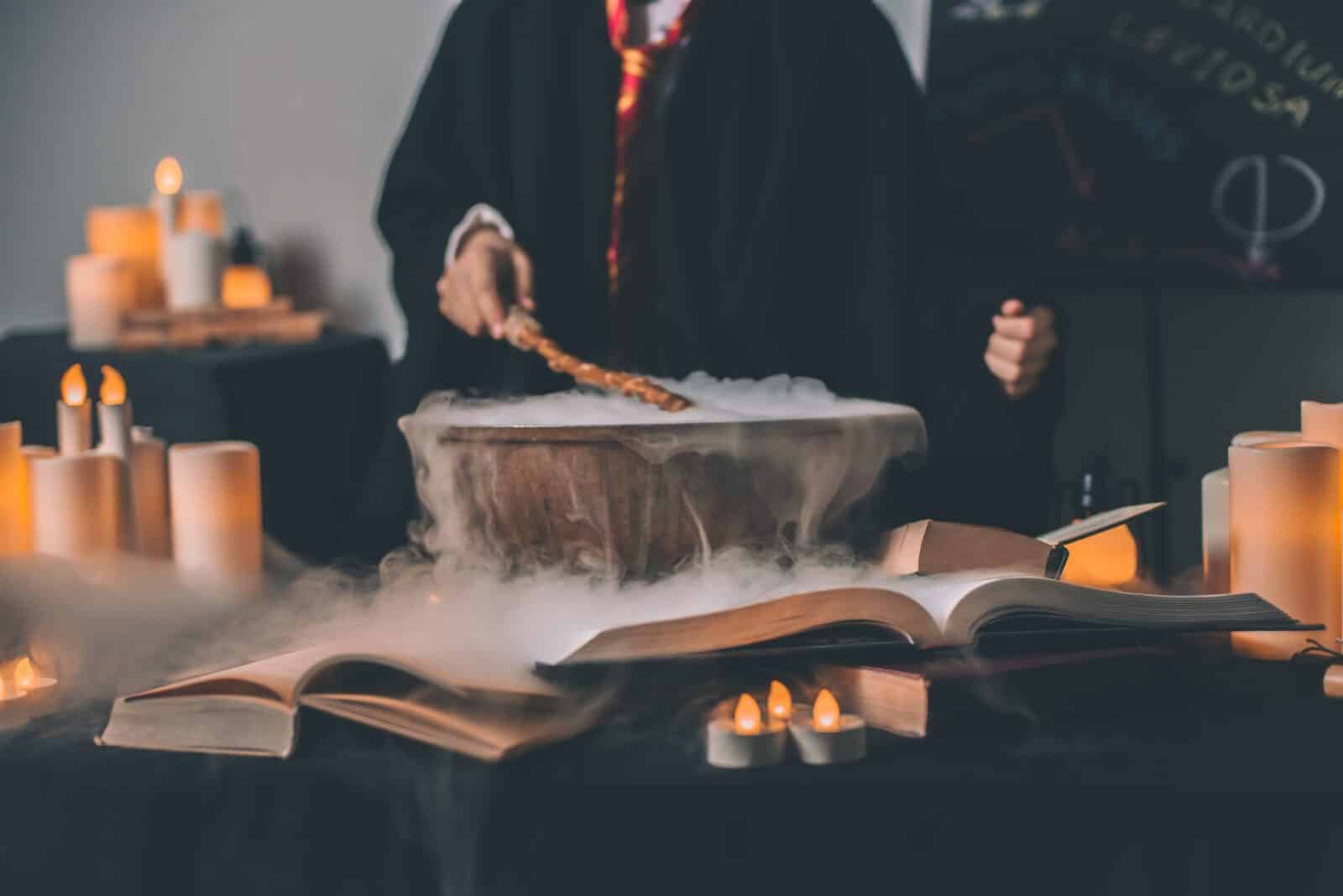“Harry Potter,” the name is enough to stir up a whirlwind of emotions, memories, and nostalgia.
For a generation that grew up reading J.K. Rowling‘s magical tales, and another that experienced the magic leap from page to screen, Harry Potter is more than just a book series or a film franchise—it’s a cultural phenomenon that touched lives in profound ways.
The transition from Pages to Screen
The Harry Potter series’ transition from the written word to visual storytelling is a testament to the power of cinema.
This evolution enabled fans to experience the mesmerizing world they had dreamt about, rendering an unforgettable visual narrative that amplified the magic of J.K. Rowling’s creation.
The transformation wasn’t merely about the literal portrayal of events and characters but rather, it was a masterful fusion of innovative film-making techniques, heartfelt performances, and an incredible sense of imagination.
Here, we delve deeper into how this cinematic journey unfolded and the pivotal elements that contributed to its success.
Evoking Magic Through Cinematography
The Harry Potter films’ leap from page to screen owes much to the power of cinematography.
The camera allowed fans worldwide to finally see the enchanting world they had only imagined. Key elements contributed to this phenomenon:
- Imagery and Visual Mastery: Locations like Hogwarts Castle, Diagon Alley, and the Forbidden Forest were realized with grandiosity and remarkable attention to detail. These settings were not just background landscapes; they were integral parts of the story, as alive and vibrant as the characters themselves.
- Use of Color: The Harry Potter movies employed a rich and dynamic palette of colors. From the warm, welcoming hues of the Gryffindor common room to the ominous, eerie green of the Dark Mark, colors in the films conveyed emotions, enhancing the storytelling experience.
- Lighting and Camera Techniques: Clever use of lighting and innovative camera techniques brought depth and dynamism to the narrative. Scenes like Harry’s first encounter with Voldemort in ‘Philosopher’s Stone’ or the climactic Battle of Hogwarts in ‘Deathly Hallows’ showcased the cinematic finesse that amplified the emotional resonance of these pivotal plot points.
The Power of a Stellar Cast
It’s impossible to envision the cinematic world of Harry Potter without acknowledging the extraordinary cast that breathed life into the beloved characters.
The ensemble’s power lay in their ability to grow and evolve with their characters throughout the films, each performance building upon the previous ones.
This section elaborates on how the cast contributed to the Harry Potter movies’ success:
- Daniel Radcliffe, Emma Watson, and Rupert Grint: As Harry, Hermione, and Ron respectively, these three actors formed the crux of the story. They matured alongside their characters, their performances deepening and becoming more nuanced with each successive film.
- A talented supporting cast also enriched the series. From Maggie Smith’s stern yet caring Professor McGonagall to Alan Rickman’s complex portrayal of Severus Snape, the supporting cast added depth and diversity to the film’s character dynamics.
- Villains: Imposing and unforgettable, the Harry Potter series’ villains, most notably Ralph Fiennes as Lord Voldemort, were brought to life with such intensity and finesse that they became synonymous with their characters. Their powerful performances added a compelling counterpoint to the protagonists’ journey.
The magic of the Harry Potter films comes from their captivating world, rich cinematography, strong storytelling, and talented cast. These elements combined to transport fans from the pages of a book into the heart of a mesmerizing cinematic experience.
Interactive Fan Experiences
In the wake of the successful film franchise, a slew of interactive experiences were designed to let fans delve deeper into the magical world, ensuring the Harry Potter saga lived beyond the films.
The Wizarding World Theme Parks
Universal Studios’ Wizarding World of Harry Potter is an immersive theme park that transports fans to iconic locations from the series.
Walking through Hogwarts or Diagon Alley lets fans live their magical fantasies, deepening their love for the series.
The Harry Potter House Quiz
One of the most popular interactive experiences is Brainfall’s Harry Potter House Quiz.
The quiz assigns fans to one of the four Hogwarts Houses: Gryffindor, Hufflepuff, Ravenclaw, or Slytherin. It does this through a series of personality-based questions.
The quiz is a playful way of engaging with the series, letting fans explore their own magical identities in the context of the Harry Potter universe.
The Lasting Legacy of Harry Potter Films
Over two decades later, the Harry Potter series still captivates audiences, proving its lasting appeal.
Impact on Pop Culture
The Harry Potter series has left an indelible mark on pop culture. The iconic quotes, unique character names, and magical jargon have permeated everyday language. The popularity of Harry Potter-themed merchandise, events, and fan fiction, testify to the series’ lasting impact.
Influence on the Film Industry
They started the trend of turning young adult fantasy novels into blockbuster films. This inspired franchises like The Hunger Games and Twilight.
Their success revealed the power of film franchises, helping shape Hollywood’s cinematic universes.
Wrapping Up
The Harry Potter series cast a magical spell in its move from page to screen. It continues to captivate audiences around the world.
The films feature breathtaking cinematography and compelling performances. Interactive fan experiences and cultural impact have helped build a legacy that goes beyond ordinary cinema.
Fans keep finding new ways to enjoy the series. They visit theme parks, take the House Quiz, or re-watch the films.
Like the magic it portrays, the cinematic world of Harry Potter continues to bewitch us. It proves that the Boy Who Lived still lives on.
Related: Best Tips For A Successful Commercial Cleaning Services



















Leave a Reply